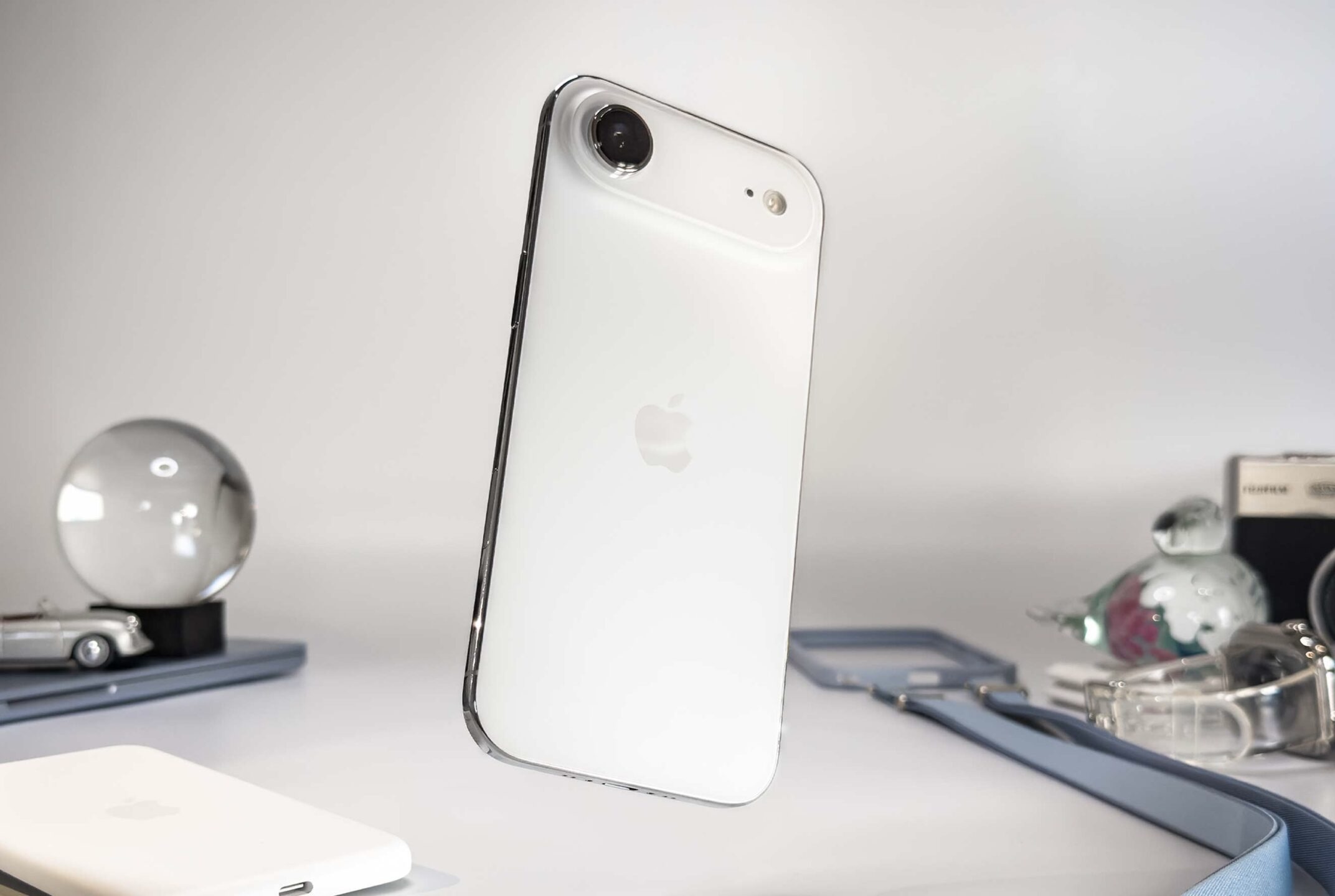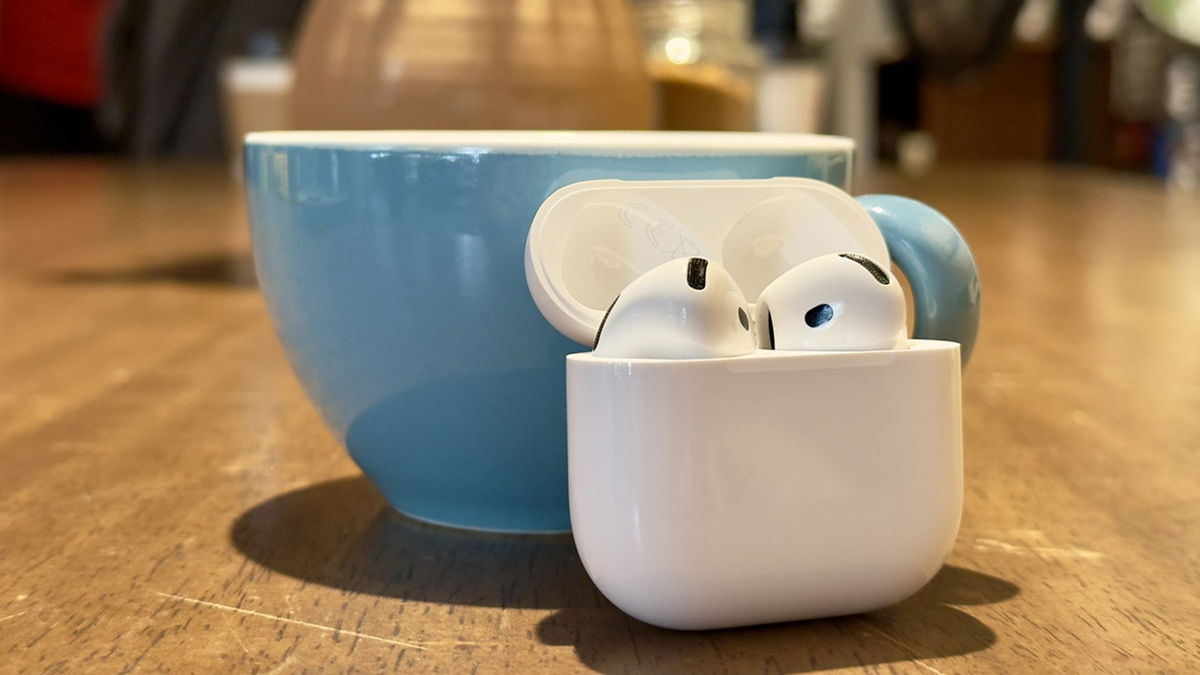Although there is a lot of research in this area, the causes of autism spectrum disorder (ASD) mostly remain unclear. Although genetic factors and environmental conditions are believed to interfere with its development, a recent study presented in the journal Nature Neuroscience, Correlation between autism spectrum disorder (ASD) and the complex relationship between the brain and gut.
The research, initiated by the Simons Foundation Autism Research Initiative (SFARI) and led by a team of 43 scientists working in the fields of computational biology, engineering, medicine, autism and microbiome research from four continents, focused on investigating the link between ASD and Autism. gut microbiome – a fascinating collection of microorganisms such as bacteria, fungi, viruses and genes that coexist in our body.
In the extensive study, the researchers gathered data from 10 different sites, looking specifically at information about autism and the microbiome. Also, they thought 15 data points on dietary habits, metabolism, immune cells and gene expression in the human brain.
To make their analysis more accurate, the team developed a sophisticated algorithm that matches individuals with autism based on age and gender, two critical factors often considered in autism-related studies.
The study’s findings pointed to signs of autism that are evident in certain “metabolic pathways” closely linked to diet, genetics and gut microbes.
Researchers highlighted in their report bidirectional nature of communication between gut and brain. They highlighted how the composition of gut bacteria can be affected by food choices and thus affect brain function.
While the study highlights the potential role of the gut microbiome in treating autism symptoms, the precise mechanisms underlying the link between gut changes and brain function need further investigation.
Emphasizing the importance of the findings, study co-author Jamie Morton said, “By harmonizing seemingly disparate data from multiple studies, we created a common ground to bring them together. As a result, we defined microbial signature able to distinguish between autistic and neurotypical individuals in various studies.. However, it is crucial to conduct robust, long-term studies in the future that encompass a wide variety of datasets and explore how these signatures change in response to therapeutic interventions.”
Source: Tec Mundo
I’m Blaine Morgan, an experienced journalist and writer with over 8 years of experience in the tech industry. My expertise lies in writing about technology news and trends, covering everything from cutting-edge gadgets to emerging software developments. I’ve written for several leading publications including Gadget Onus where I am an author.













